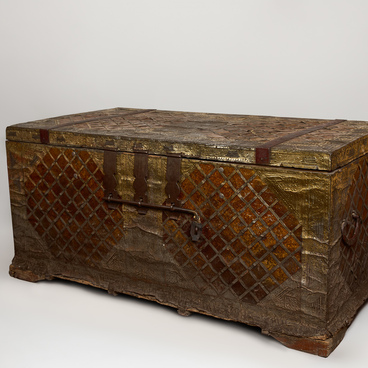Traditionally, furniture for storing dishes, table linen and food has been commonly referred to as a buffet. This element of the interior was one of the most popular types of cabinet furniture. As a rule, it was an important part of the kitchen arrangement.
Nevertheless, it was the display cabinet that was usually placed in the living room and dining room. A display cabinet differed from the buffet by its more modest size, glazed doors and side walls. While the buffet was mainly used to store everyday kitchen utensils, the display cabinet was intended to demonstrate the most expensive tableware, silverware and miniature sculptures.
This distinctive feature is noted in the dictionary of the ethnographer Vladimir Ivanovich Dal, where a display cabinet is “shelves of various designs, which are intended for placing elegant tableware”. In another dictionary, the linguists Sergei Ivanovich Ozhegov and Natalia Yulievna Shvedova, almost a century after the publication of Vladimir Ivanovich Dal’s dictionary, indicate that a display cabinet is “a glazed cabinet for beautiful dishes, porcelain”.
In Russia, the term “gorka” (mount) has been long used to designate this type of furniture. It is believed that this is due to the fact that dishes in such cabinets were often piled up forming a mount.
As a rule, the central place was occupied by a multi-piece dinner set for 12 persons. A large dish was placed in the center, on which the plates were stacked as their diameter decreased. Smaller items of the set were arranged around the formed mount: gravy bowls, salad bowls, saltcelars.
However, there is another version of the origin of the name. According to it, the display cabinet appeared as a result of the evolution of a stepped buffet, which had a central part higher than the others.
By the middle of the 20th century, the popularity of traditional display cabinets had gradually waned. Along with buffets, they were replaced by sideboards, which were frequent attributes of Soviet apartment interiors. They combined the features of a buffet and a display cabinet: a narrow serving table top and a glazed “display” top section.
In the last three decades, there has been a renewed
demand for display cabinets. However, now they are rarely found as a separate
piece of furniture. More often they are part of a furniture set, known simply
as a “wall unit”.




